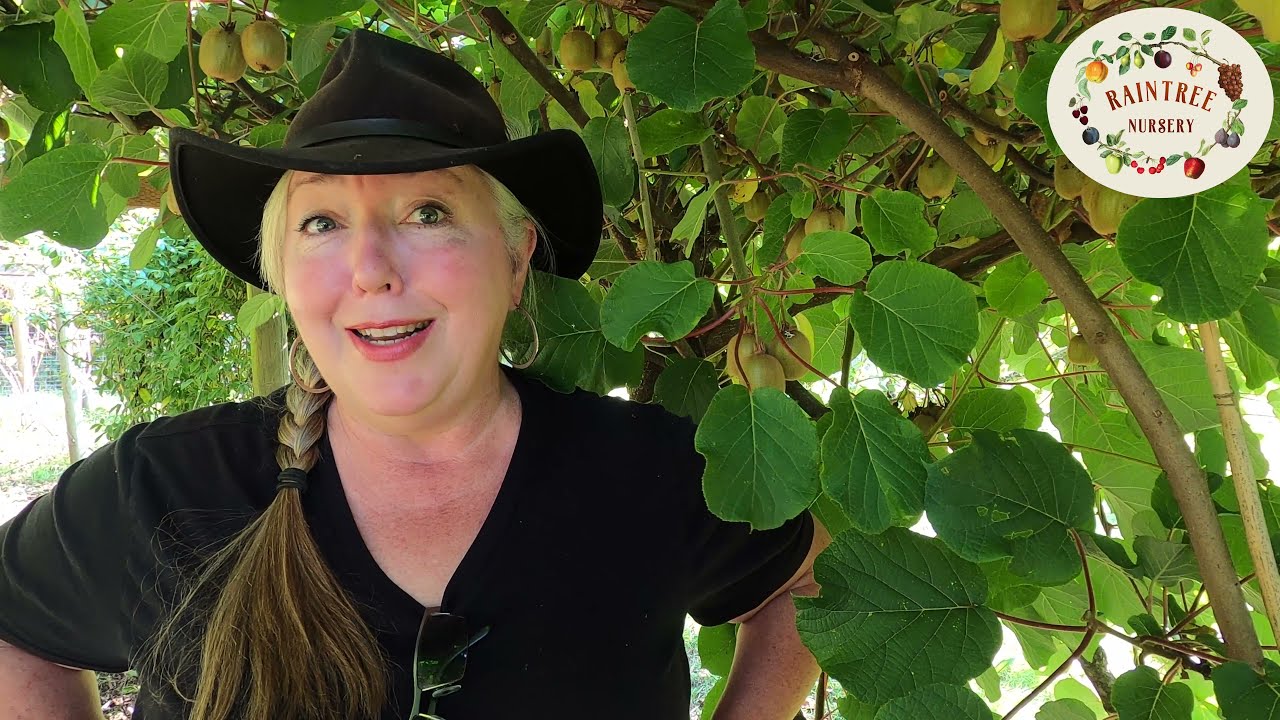Introduction: Cultivating Kiwis in Rhode Island
The cultivation of kiwis, also known as Actinidia, has gained popularity across the United States due to their delicious taste, vibrant appearance, and numerous health benefits. Many enthusiasts and gardeners in Rhode Island often wonder if it is possible to grow kiwis in the state’s unique climate and soil conditions. In this article, we will explore the feasibility of kiwi cultivation in Rhode Island, discussing the necessary planting requirements, suitable kiwi varieties, soil preparation, pruning methods, fertilization techniques, pest and disease protection, as well as harvesting and storing tips.
Rhode Island’s Climate and Soil Conditions
Rhode Island experiences a humid continental climate, characterized by cold winters and warm summers. The state’s climate is influenced by its proximity to the Atlantic Ocean, resulting in moderate temperatures and high humidity. Kiwi plants thrive in regions with a long, warm growing season and a minimum of 200 frost-free days. While Rhode Island’s climate presents some challenges, it is still possible to cultivate kiwis successfully by selecting the appropriate varieties and implementing proper techniques.
Rhode Island’s soil conditions vary across the state. The majority of the soil is classified as sandy loam or loamy sands, which are well-draining but may lack certain nutrients. Additionally, some areas have clay-based soils that can retain water excessively. Kiwi plants prefer well-drained soil that is rich in organic matter, with a pH level between 5.5 and 7.5. Soil testing and amendments are essential to ensure optimal growing conditions for kiwi vines.
Understanding Kiwi Planting Requirements
To successfully cultivate kiwis in Rhode Island, it is crucial to understand the planting requirements of these vines. Kiwi plants are dioecious, meaning separate male and female plants are needed for cross-pollination and fruit production. It is recommended to plant one male plant for every 6-8 female plants. They require full sun exposure for at least 6-8 hours a day to thrive. Proper support structures, such as trellises or fences, are necessary to accommodate the vigorous growth and weight of the vines.
Selecting Kiwi Varieties for Rhode Island
When selecting kiwi varieties for cultivation in Rhode Island, it is essential to choose those that are well-suited to the state’s climate and growing conditions. Hardy kiwi varieties, such as Actinidia arguta, are more suitable for Rhode Island due to their ability to withstand colder temperatures. Popular varieties include ‘Ananasnaya’, ‘Michigan State’, and ‘Issai’. These varieties have proven to be successful in cold-climate regions and are known for their excellent flavor and high yield.
Preparing the Soil for Kiwi Cultivation
Before planting kiwi vines, proper soil preparation is crucial for their growth and development. Start by conducting a soil test to determine the pH and nutrient levels. Based on the results, pH adjustment may be necessary using lime or sulfur. Adding organic matter, such as compost or well-rotted manure, to improve the soil structure and fertility is also recommended. Amending the soil with balanced fertilizers and trace elements can provide additional nutrients that kiwi plants require.
Planting Kiwi Vines in Rhode Island
Once the soil is properly prepared, it is time to plant the kiwi vines. In Rhode Island, it is best to plant kiwis in early spring, after the danger of frost has passed. Choose healthy, disease-free plants from a reputable nursery. Dig a hole that is wide and deep enough to accommodate the root ball without crowding the roots. Plant the vine at the same depth it was in the pot, ensuring the graft union is above the soil line. Space the plants according to the recommended distance based on the variety’s growth habit.
Pruning and Training Kiwi Vines in Rhode Island
Pruning and training kiwi vines are essential for their proper growth and fruit production. In late winter or early spring, before new growth begins, prune the vines to remove dead or damaged wood and promote airflow. Kiwis produce fruit on one-year-old canes, so it is important to retain a good balance of new and old wood. Training the vines on a trellis system or wire support helps maintain their shape, promotes sunlight exposure, and facilitates easier harvesting and pest control.
Fertilizing Kiwi Plants in Rhode Island
Proper fertilization is crucial for the healthy growth of kiwi plants in Rhode Island. Apply a balanced fertilizer, such as a 10-10-10 formulation, in early spring before new growth starts. Repeat the application every six weeks during the growing season, except in late summer when you should reduce fertilization to avoid stimulating new growth that may be susceptible to winter damage. Monitoring nutrient deficiencies or excesses and adjusting fertilization accordingly is essential for optimal kiwi plant health.
Protecting Kiwi Plants from Pests and Diseases
Kiwi plants in Rhode Island may face certain pests and diseases that can potentially damage their growth and fruit production. Common pests include aphids, spider mites, and Japanese beetles. Regular inspection and insecticide treatments, when necessary, can help control these pests. Diseases like powdery mildew and bacterial canker can also affect kiwis. Maintaining proper airflow, pruning infected branches, and applying appropriate fungicides can help protect the plants from these diseases.
Harvesting Kiwis in Rhode Island: Tips and Techniques
The time to harvest kiwis in Rhode Island depends on the variety and the weather conditions of each growing season. Kiwi fruits are usually ready for harvest in late summer or early fall. They should be picked when they reach full maturity and have a slight give when gently squeezed. Avoid leaving the fruits on the vine for too long as they may become overripe and lose quality. Harvesting should be done carefully to prevent damage to the fruits and vines.
Storing and Enjoying Fresh Rhode Island Kiwis
After harvesting kiwis in Rhode Island, proper storage is vital to maintain their freshness and quality. Kiwis can be stored in a cool, dry place with temperatures between 32-40°F and a relative humidity of around 90%. They can also be refrigerated, where they will stay fresh for up to 4-6 weeks. Kiwis can be enjoyed fresh or used in various culinary creations, such as smoothies, salads, desserts, and preserves.
Conclusion: The Viability of Kiwi Cultivation in Rhode Island
While Rhode Island’s climate and soil conditions present some challenges, it is indeed possible to cultivate kiwis successfully in the state. By selecting appropriate varieties, understanding planting requirements, preparing the soil, providing proper support structures, and implementing adequate care and maintenance practices, gardeners in Rhode Island can enjoy the delightful experience of growing and harvesting their own fresh kiwis. With the right techniques and some dedication, Rhode Island can become a haven for kiwi cultivation, providing its residents with a taste of this exotic and nutritious fruit right in their own backyards.




